Optimal Timing for Gravel Base Installation
Determining the optimal time for gravel base installations involves considering weather conditions, soil moisture levels, and temperature. Proper timing ensures a stable foundation, reduces the risk of erosion, and enhances durability.
Spring offers moderate temperatures and increased soil moisture, facilitating compaction and stabilization of the gravel base.
Summer provides warm weather ideal for drying and consolidating gravel, but excessive heat can lead to rapid evaporation and dust issues.
Fall's cooler temperatures and higher moisture levels can support effective gravel base installation before winter.
Winter is generally not recommended due to freezing temperatures and potential for snow and ice, which hinder proper compaction.
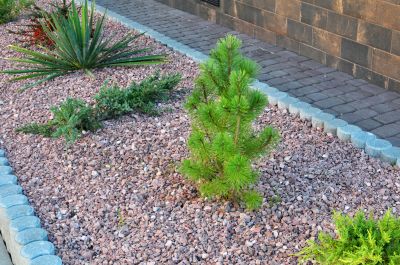
Springtime allows for optimal moisture levels, aiding in proper gravel settling.

Warm summer days help in drying and compacting gravel efficiently.
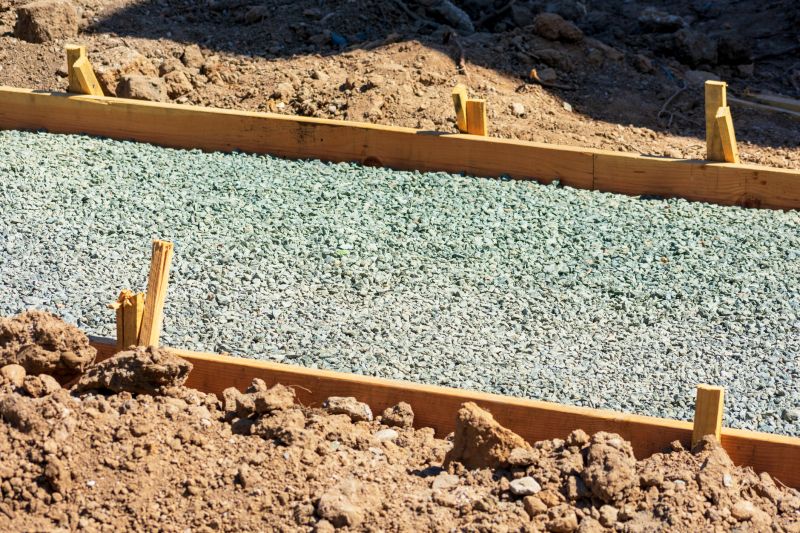
Fall's cooler weather supports stable gravel base setup.

Ways to make Gravel Base Installations work in tight or awkward layouts.
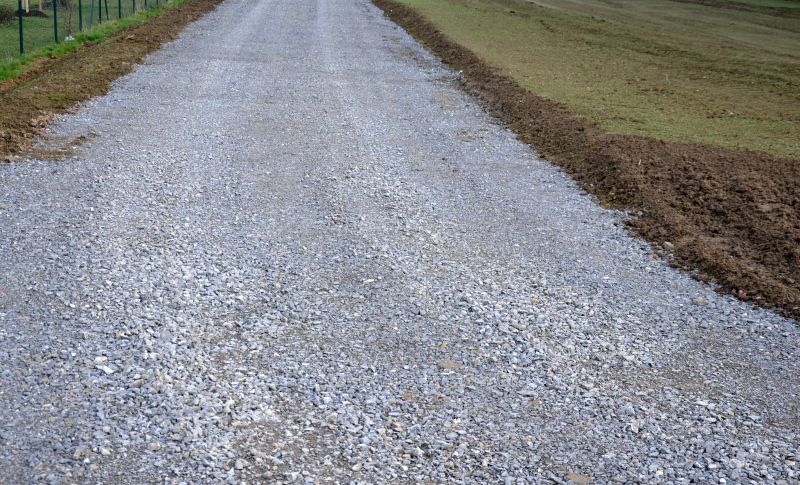
Popular materials for Gravel Base Installations and why they hold up over time.

Simple add-ons that improve Gravel Base Installations without blowing the budget.
Gravel base installations are a critical component in construction and landscaping projects, providing a stable foundation for driveways, pathways, and other structures. Proper preparation involves grading, compaction, and moisture control to ensure longevity and performance. The choice of timing can significantly impact the quality of the installation, with optimal conditions leading to better compaction, reduced settling, and enhanced durability. Statistical data indicates that installations performed during favorable weather conditions can extend the lifespan of the gravel base by up to 30% compared to those done in less ideal periods.

Proper grading and moisture management are essential for a durable gravel base.
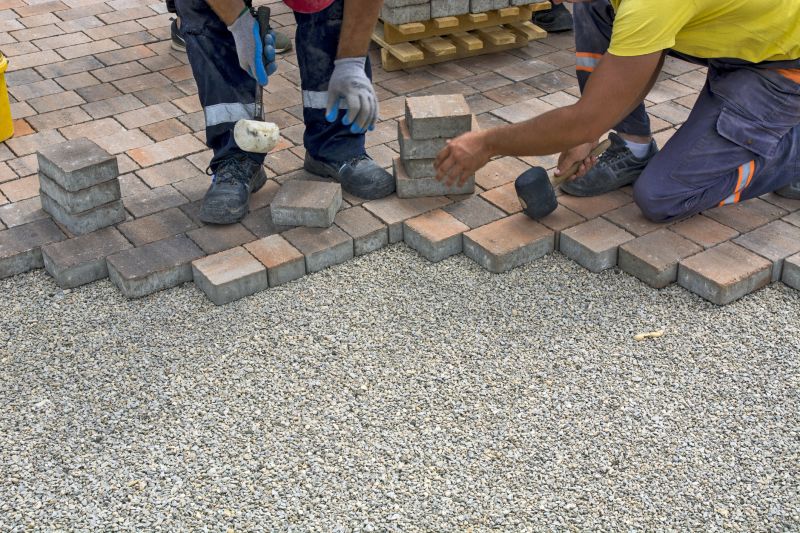
Effective compaction improves stability and reduces future settling.
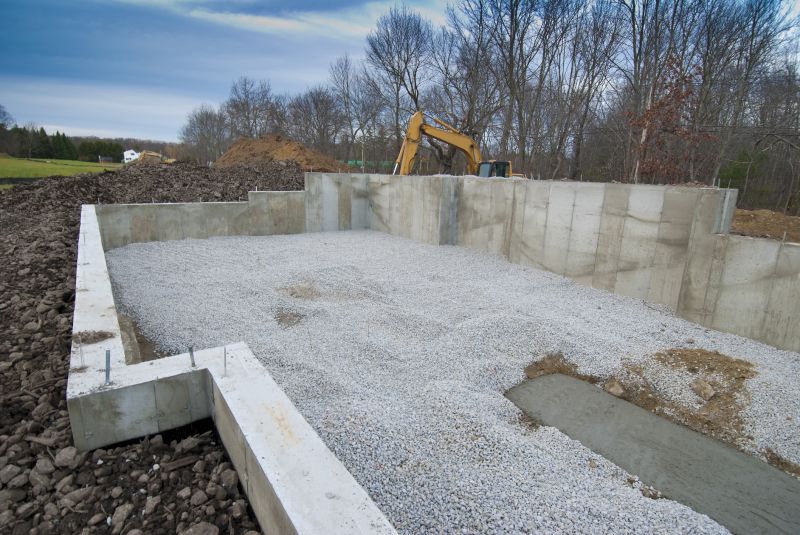
A well-installed gravel base provides a solid foundation for subsequent construction.
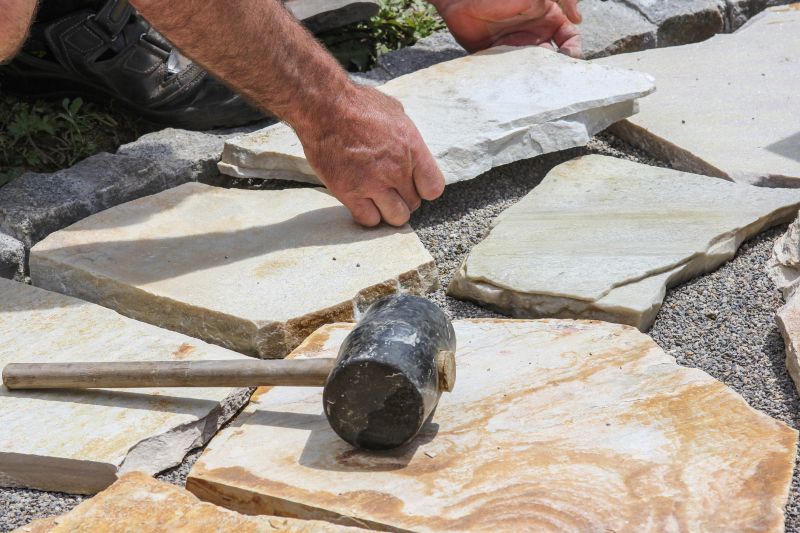
High-end options that actually feel worth it for Gravel Base Installations.

Finishes and colors that play nicely with Gravel Base Installations.
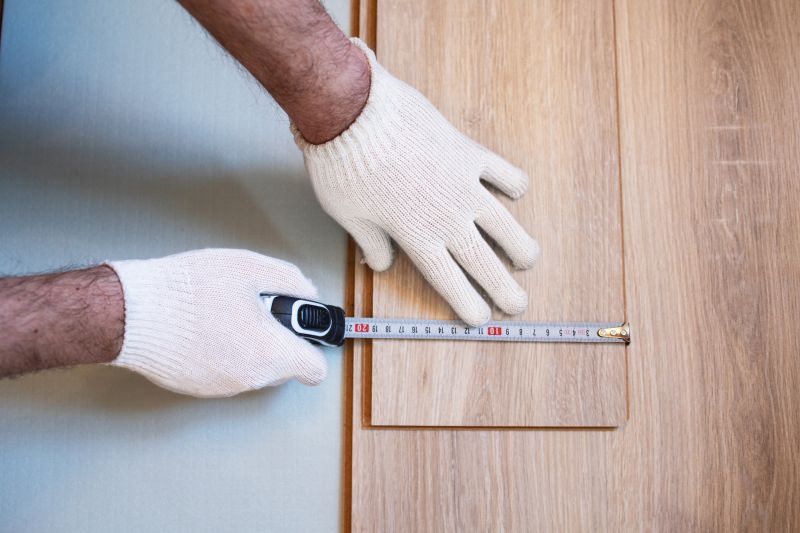
Little measurements that prevent headaches on Gravel Base Installations day.

A 60-second routine that keeps Gravel Base Installations looking new.
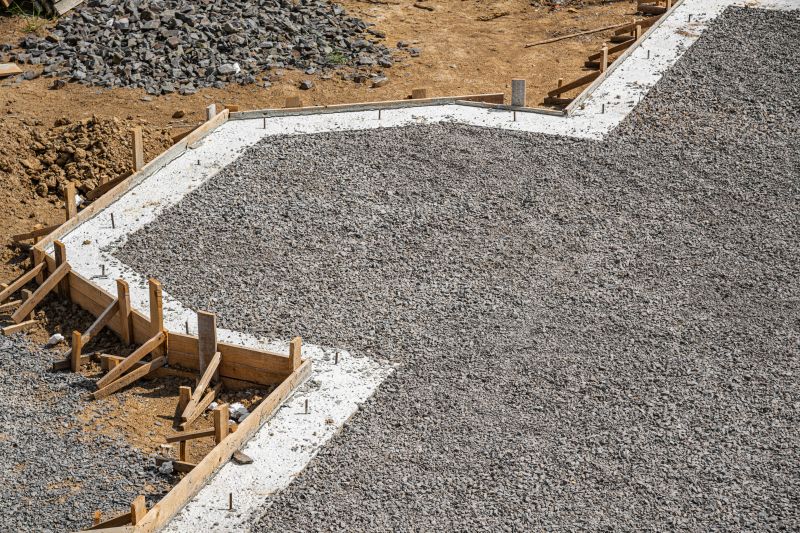
A frequent mistake in Gravel Base Installations and how to dodge it.

Small tweaks to make Gravel Base Installations safer and easier to use.
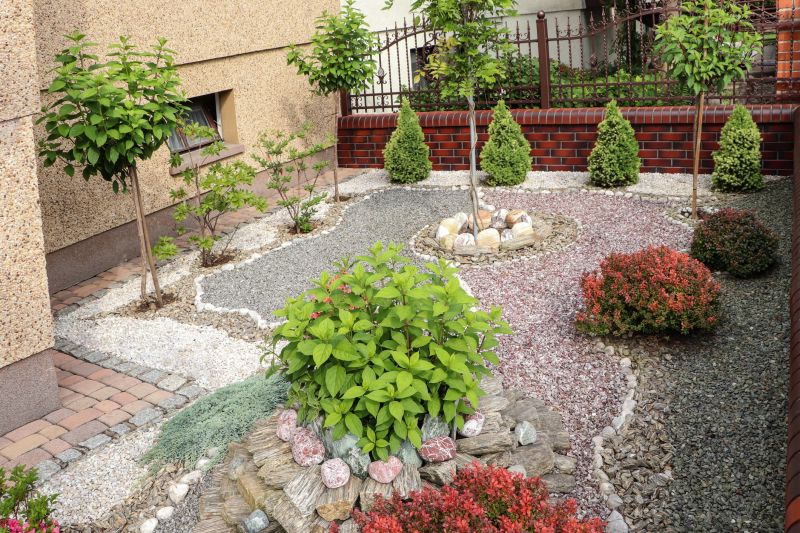
Lower-waste or water-saving choices for Gravel Base Installations.

The short, realistic tool list for quality Gravel Base Installations.

Rough timing from prep to clean-up for Gravel Base Installations.
| Season | Ideal Conditions |
|---|---|
| Spring | Moderate temperatures, higher soil moisture, conducive for compaction. |
| Summer | Warm weather, dry conditions, effective for drying and consolidating gravel. |
| Fall | Cooler temperatures, higher moisture levels, suitable before winter. |
| Winter | Freezing temperatures, snow, and ice hinder proper installation. |
Choosing the right season for gravel base installation can influence project success. Spring and fall are generally considered optimal due to favorable weather conditions, while summer can be suitable with proper dust control measures. Winter installations are typically avoided because of freezing conditions that impair compaction and stability.

Spring weather supports effective gravel base setup.
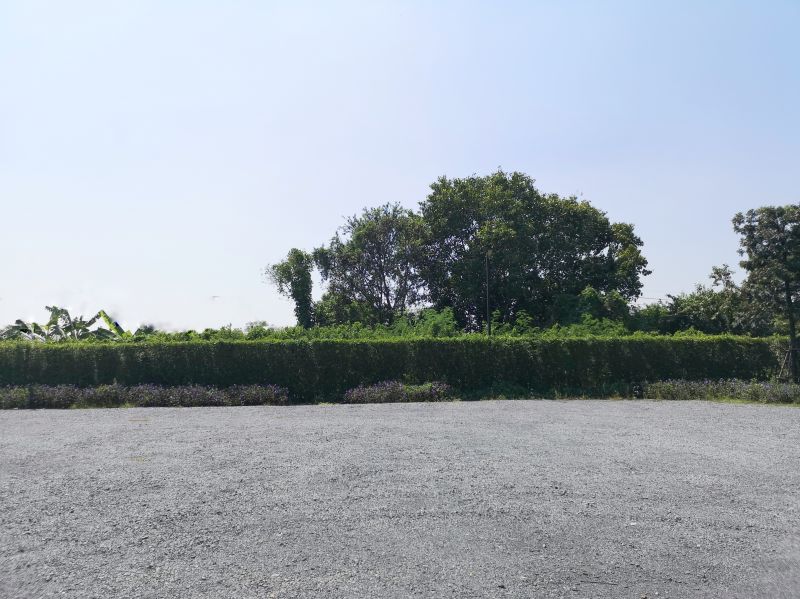
Summer's warm weather aids in drying and compaction.
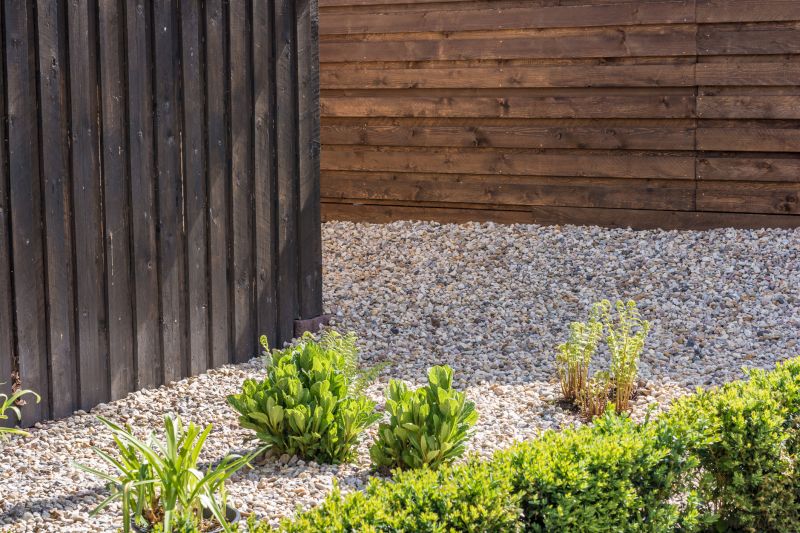
Cool fall temperatures help stabilize the gravel base.
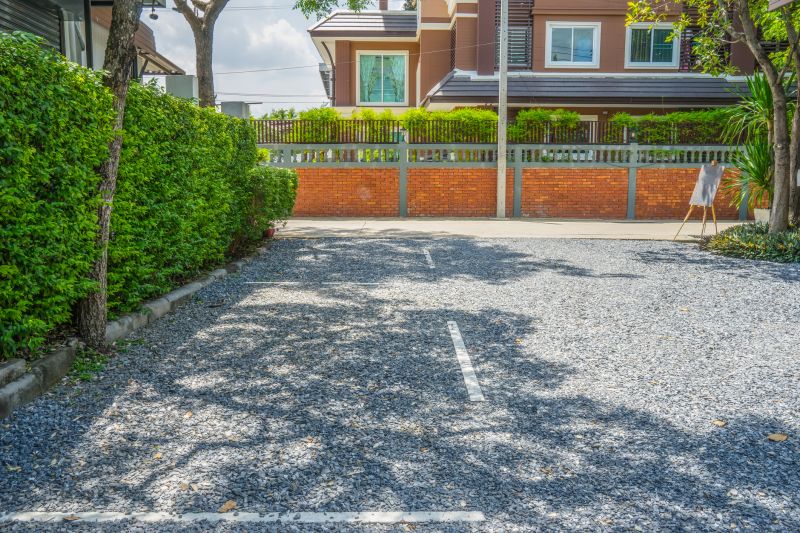
Winter conditions typically prevent effective gravel installation.
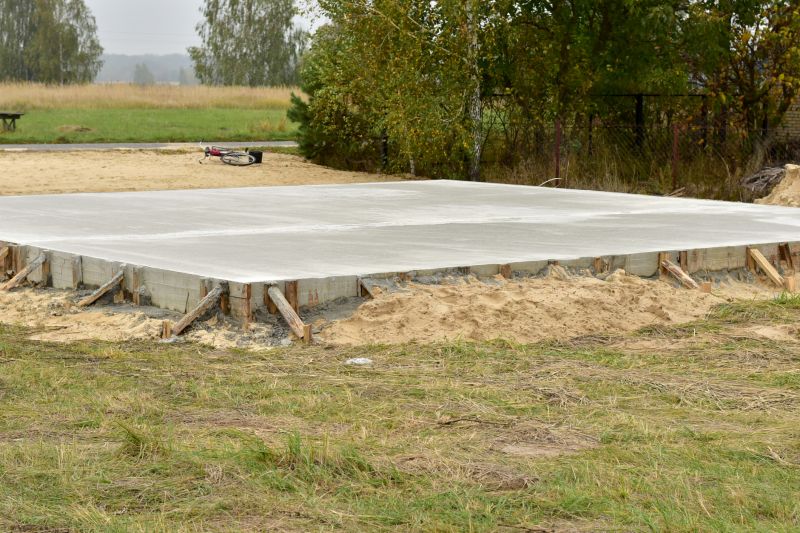
Quick checks and paperwork to keep after Gravel Base Installations.
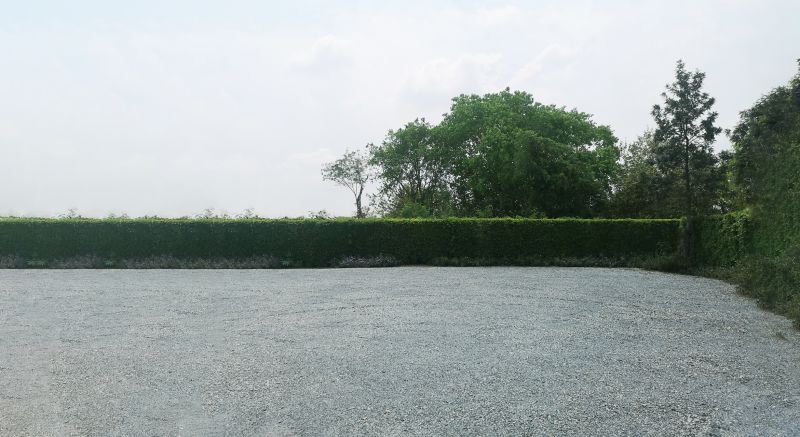
Examples that show the impact a good Gravel Base Installations can make.
Those interested in gravel base installations are encouraged to contact for more detailed information and planning assistance. Proper timing and preparation are key to ensuring a durable and long-lasting foundation for any construction or landscaping project.
